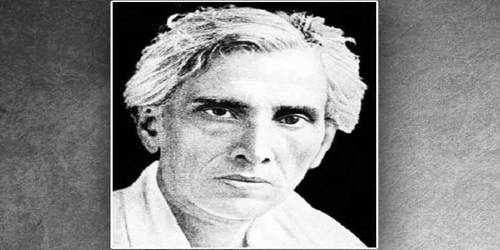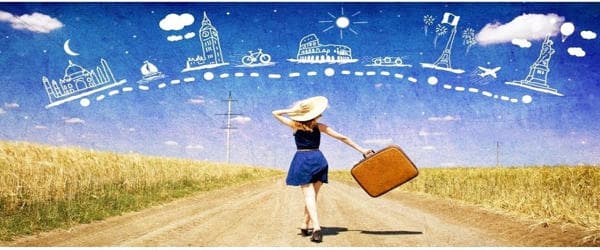Introduction: Agriculture is basically the cultivation of plants for the production of food, fuel, fiber, medicines and many other things that have become a necessity for mankind. Agriculture also involves the breeding of animals. The term ‘agriculture’ comes from the Latin word ‘ager’ which means field and ‘cultura’ that means cultivation. The development of agriculture turned out to be a boon for human civilization as it also gave way to their development.
History of Agriculture: The history of agriculture dates back to several centuries. It began in different parts of the world independently about 105,000 years back mostly by the collection of wild grains for the purpose of eating. Here is how different countries were involved in this activity:
- In Mesopotamia, pigs were domesticated around 15,000 years ago. They began domesticating sheep around 2000 years later.
- In China, rice was cultivated around 13,500 years ago. They eventually began cultivating soy, azuki beans, and mung.
- In Turkey, cattle were domesticated around 10,500 years ago.
- Beans, potato, coca, llamas, and alpacas were domesticated around 10,000 years ago.
- Sugarcane and certain root vegetables were cultivated in New Guinea around 9,000 years ago.
- Cotton was domesticated in Peru around 5,600 years ago.
Similarly, the domestication of various plants and animals is being done in many other parts of the country for thousands of years.
The Growth and Development of the Agricultural Sector: Bangladesh and India are two such countries which are largely dependent on the agricultural sector. Agriculture in Bangladesh and India is not just a means of livelihood but a way of life. The government is continually making efforts to develop this sector. Let us learn how this sector has evolved with time.
Though agriculture is being practiced since centuries in Bangladesh and India, it remained underdeveloped for a pretty long time. We were unable to produce sufficient food for our people and foreign export was simply out of question. On the contrary, we had to purchase food grains from other countries. This was because agriculture in India depended on the monsoon.
In case, there was enough rain, the crops fertilized properly, when there wasn’t enough rain the crops just failed and most parts of the country were hit by famine. However, things changed with time. After independence, the government planned to bring about improvement in this sector. Dams were constructed, tube-wells and pump-sets were set up, better quality seeds, fertilizers were made available and new techniques were employed.
With the use of technologically advanced equipment, good irrigation facilities and with specialized knowledge about the field things began improving. We soon started producing much more than we required and subsequently started exporting food grains and different agricultural products. Our agricultural sector is now stronger than that of many countries. India stands first in the production of groundnuts and tea and ranks second in the production of sugarcane, rice, jute, and oilseeds across the globe.
However, we still have a long way to go and the government is making efforts in this direction.
Impact of Modern Technology on Agriculture: The development in the field of science and technology led to the use of modern techniques in agriculture. While it has contributed a great deal to the development of the agriculture sector, modern technology has also had certain negative repercussions on the sector. Here is the kind of impact it has had:
- The use of fertilizers and pesticides as well as the use of technologically advanced equipment for the cultivation of crops has increased the yields drastically however it has also been the cause of ecological damage and impacted the human health negatively.
- Selective breeding and the use of other modern practices in the rearing of animals has increased the supply of meat however it has raised the concern about animal welfare.
Conclusion: While agriculture has given so much to our society, it comes with its own set of cons that cannot be overlooked. While the government is doing so much to bring about growth and development in this field, it should also take measures to tackle the negative impact it is creating on the environment and those involved in the field.
















